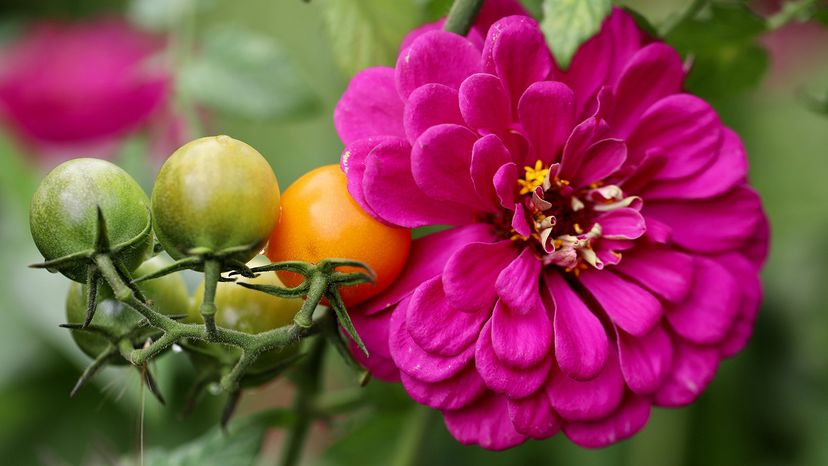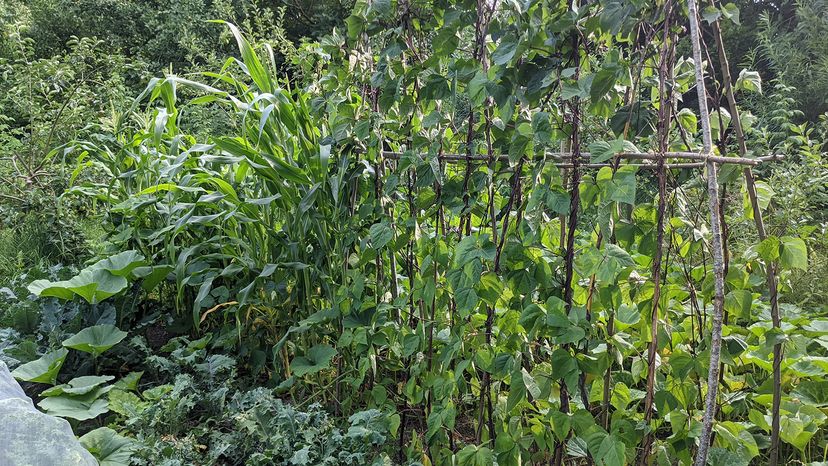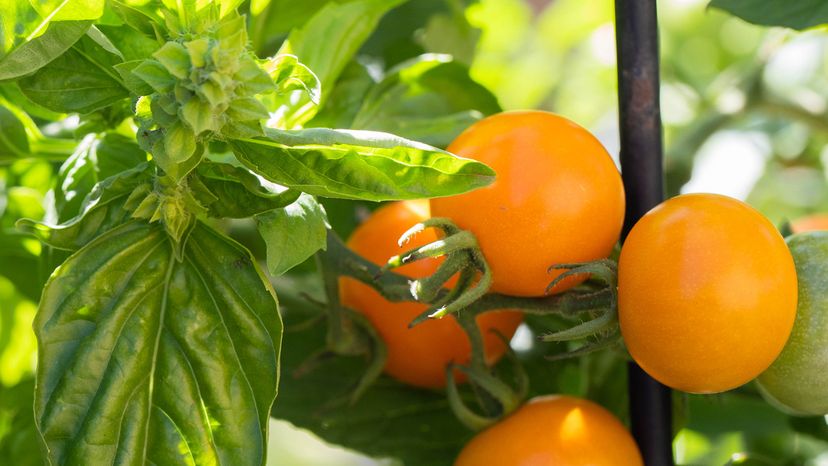
Key Takeaways
- Companion planting is a strategy used in gardening that leverages the natural benefits certain plants have on each other to enhance growth, repel pests or attract pollinators.
- This practice includes historical techniques like the "Three Sisters" method that the Iroquois used. By planting corn, beans and squash, they can support each other's growth through structural and nutrient symbiosis.
- Modern companion planting combinations like tomatoes with basil help to repel insects and enhance growth. A thoughtful plant pairing can lead to more fruitful gardens and natural pest management.
One of the biggest determining factors for whether your vegetable plants become healthy producers might come as a surprise: It's their neighbors.
A vegetable garden is a lot like a forest. Just underground, roots intertwine and networks are created, connecting every plant to those around it. Plan your garden strategically, and you can use some plants to deter pests from others, use herbs to improve the flavor of your vegetables, and increase yield. Plant the wrong things together, and you could inadvertently stunt a plant's growth.
Advertisement
It's a practice called companion planting, and it's been around for thousands of years. Follow these tips to help your plants benefit each other — and learn which plants shouldn't be neighbors — and you'll get the most out of your garden.
Advertisement

